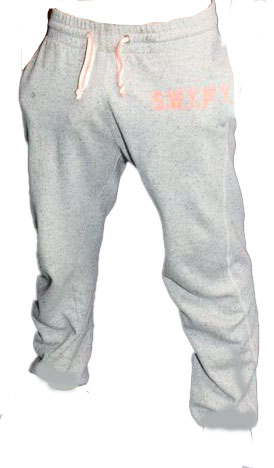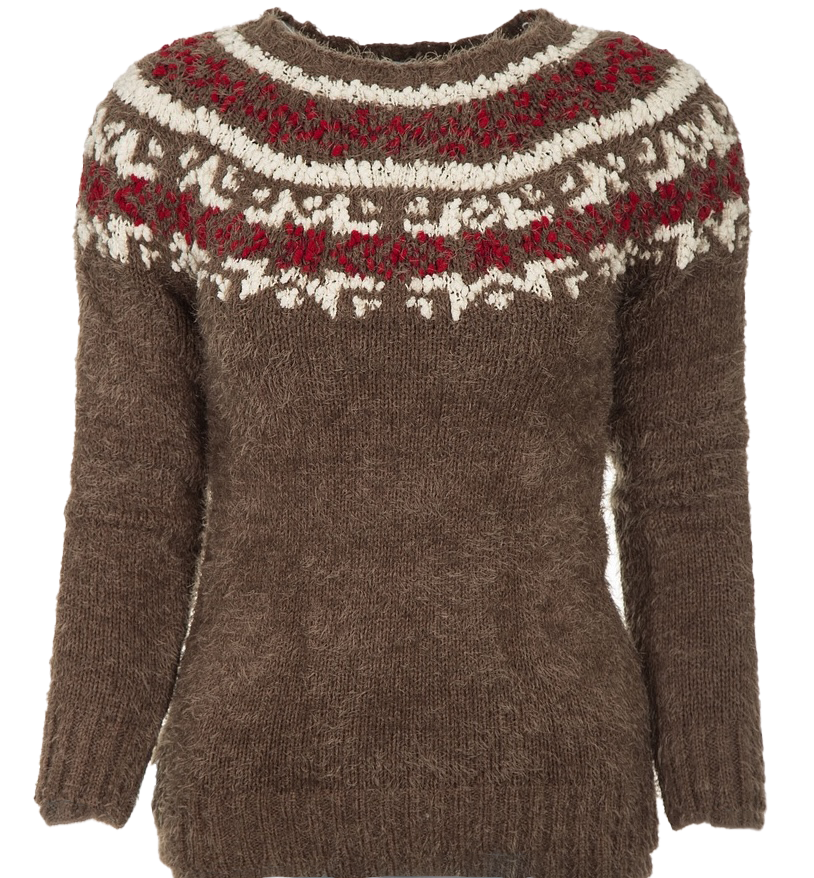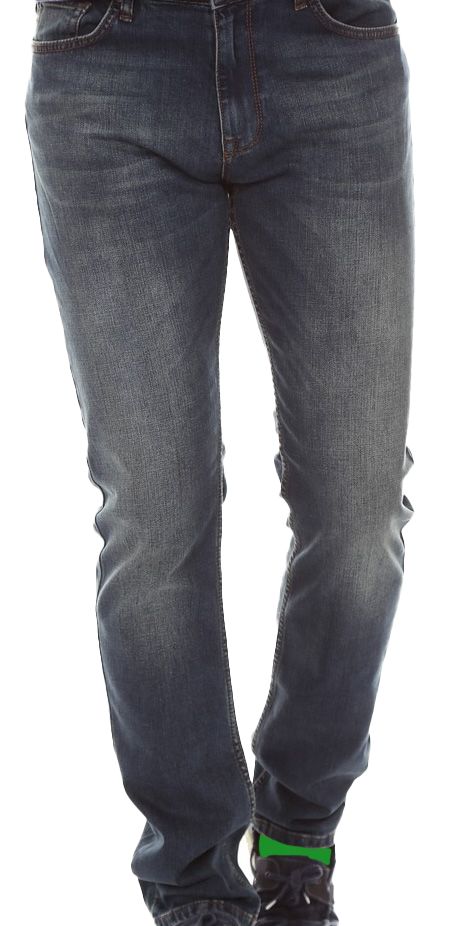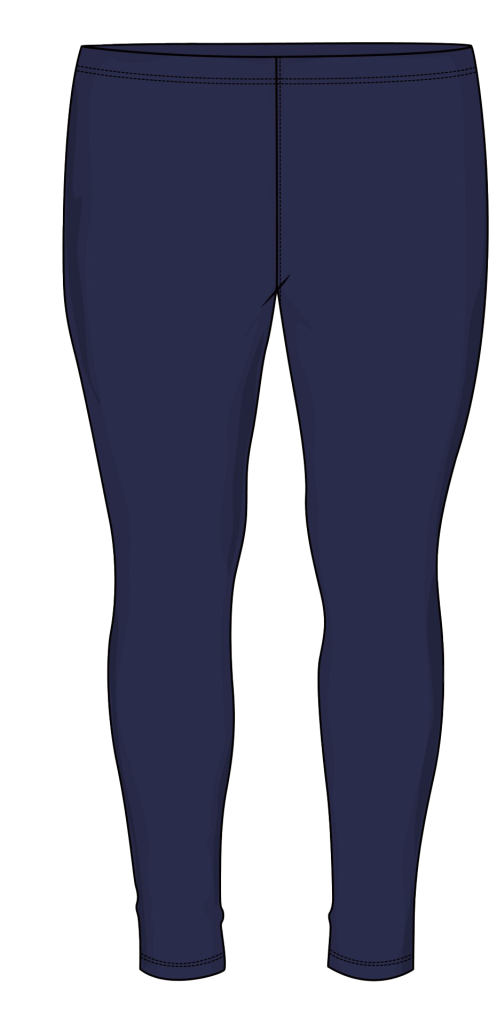3.10 Immer das Richtige tragen

Hallo alle zusammen!
Zum Aufwärmen machen wir unseren Tagesminiplausch und eine Wiederholung.
Wiederholung
In the previous question we learned about clothing, asking about what someone is wearing, and how to respond. Let’s review.
Jetzt bist du dran!
Imagine you are visiting a friend in a town you haven’t visited before. You are unsure about the weather and the temperature for that day, and you want to be certain you are dressed appropriately. In your written journal write a short dialog between you and your friend. Begin by asking your friend what they are wearing today (Was trägst du heute?). For your friend’s response practice using the form, Heute trage ich….
Lektionsüberblick
In this lesson, we will expand our conversation about clothing to talk about what you wear for a small variety of occasions. In the end, you will be able to 1) say what you wear for some occasions and 2) play word order.
Was weißt du schon?
Try this exercise to check your skill level. Be sure to click through to each question.
| Noch nicht start klar?
Du kannst immer auf die gleiche 1010-Lektion zurückgreifen! |
Not confident about starting this lesson?
You can always review the same Lektion from 1010. |
1) Was trägst du…?
What we wear depends on the occasion. Take a look at these examples. What Kleidungsstücke vocabulary do you see? Complete the questions in the question set below the chart to practice.
| beim Sport | 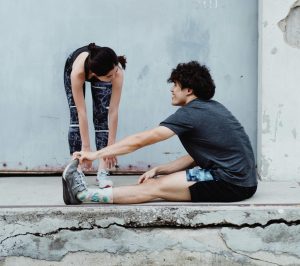 |
Beim Sport trage ich eine kurze Hose oder eine Trainingshose, ein T-Shirt, Socken und Turnschuhe.
|
| wenn ich ausgehe | 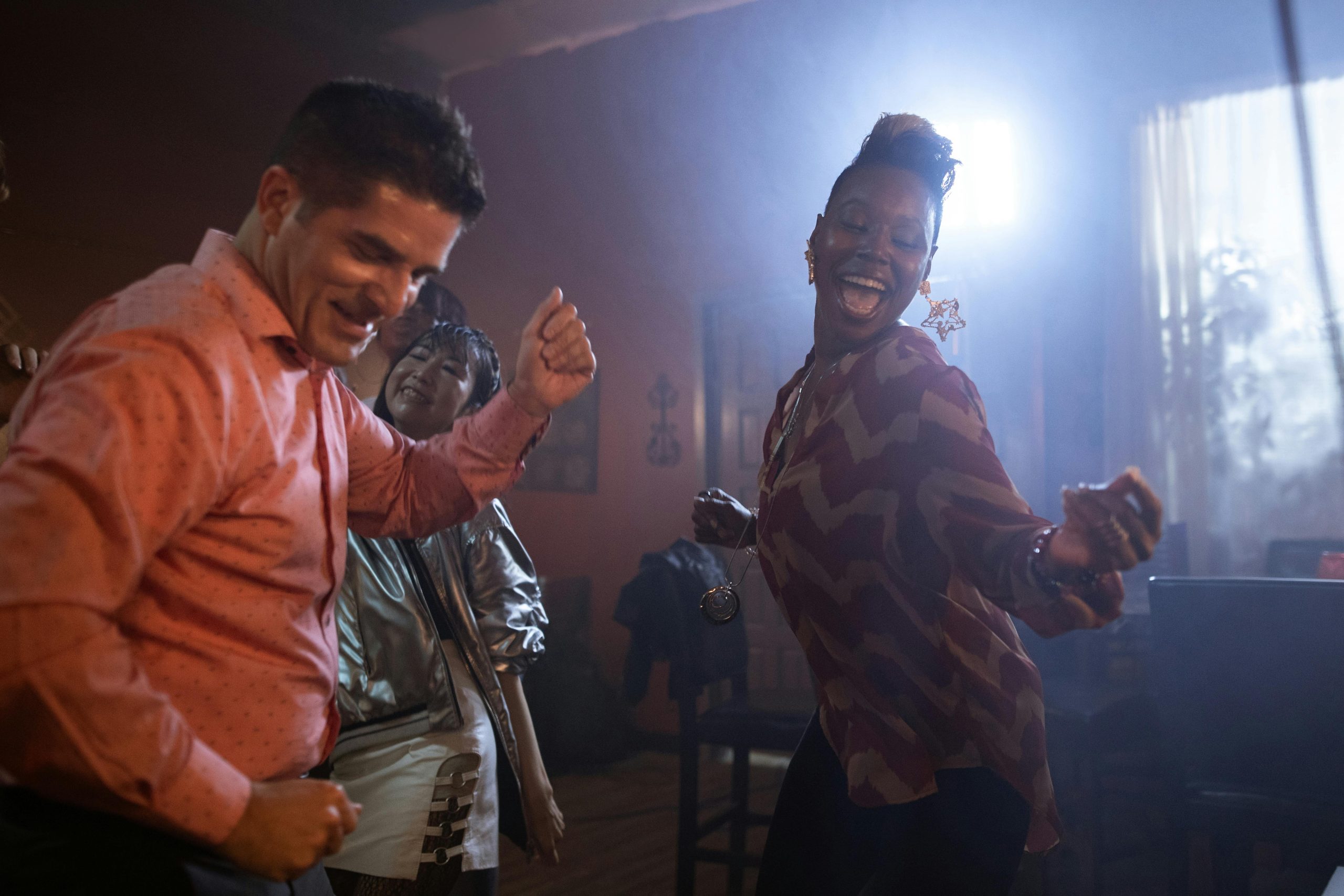 |
Wenn ich ausgehe, trage ich ein Kleid oder eine Bluse und einen Rock. Wenn ich ausgehe, trage ich ein Hemd und eine Hose. 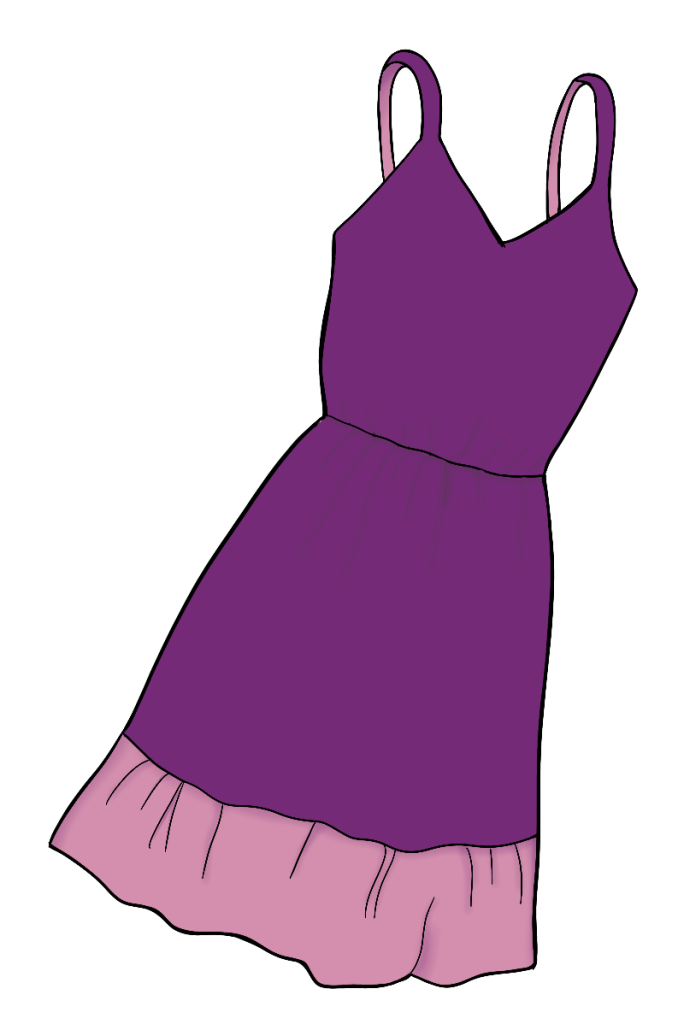 |
| an der Uni | 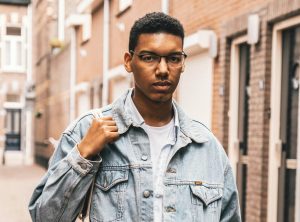 |
An der Uni trage ich ein T-Shirt, eine Hose und eine Jacke oder einen Pullover.
|
| zu Hause | 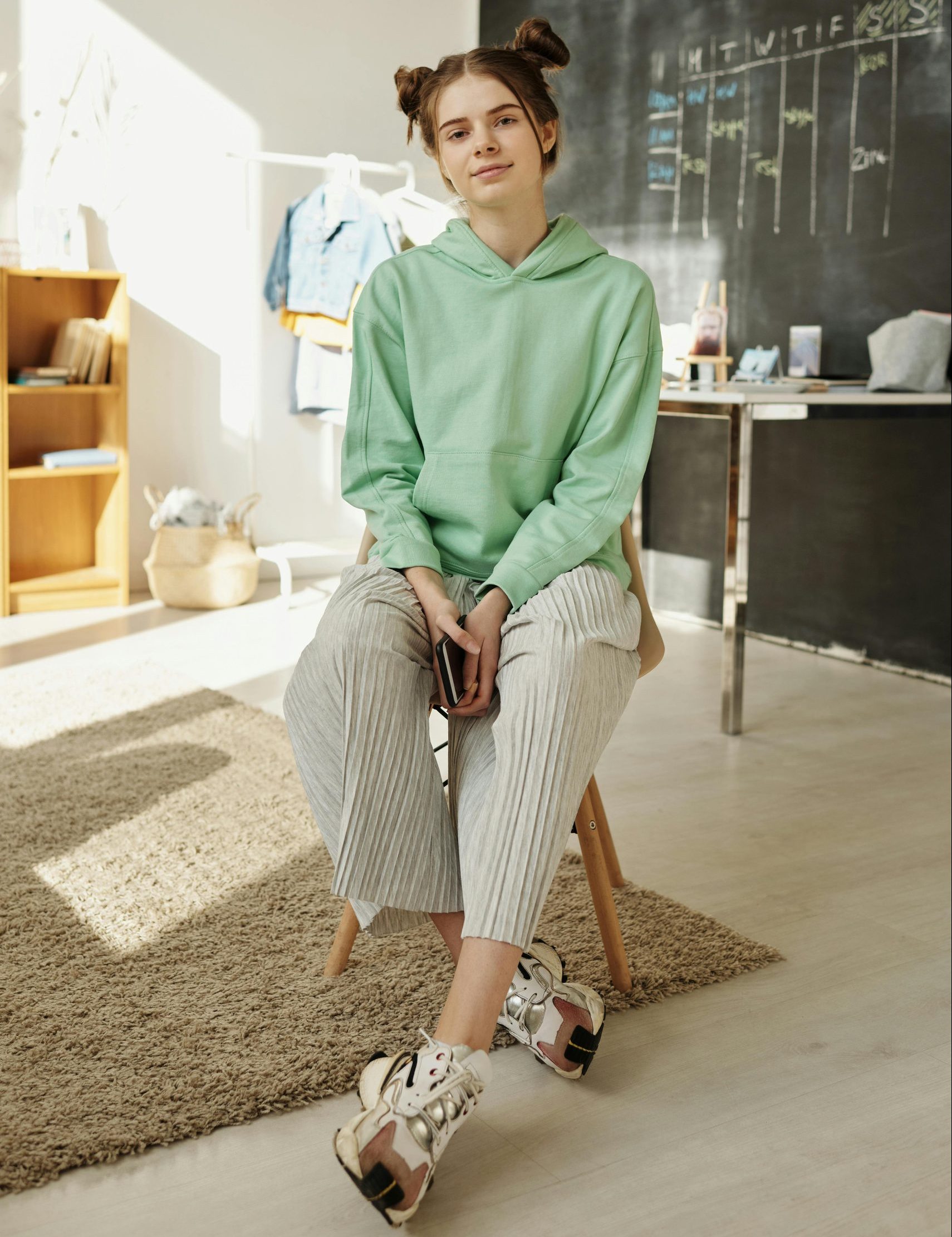 |
Zu Hause trage ich einen Pullover und eine Schlafanzughose oder eine Leggings.
|
| auf der Arbeit | 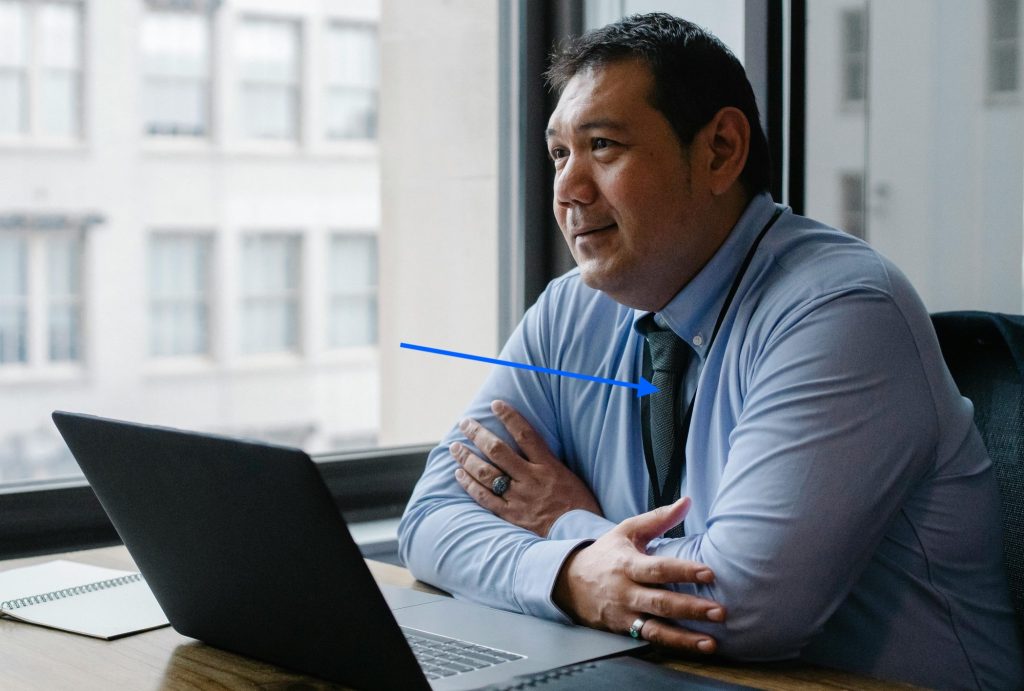 |
Auf der Arbeit trage ich manchmal eine Krawatte. |
Köln im Blickpunkt

Der 1. FC Köln ist ein traditionsreicher Fußballverein, der 1948 gegründet wurde. Das Trikot des 1. FC Köln zeigt das Wappen mit dem Maskottchen, die Ziege Hennes. Viele Menschen in Köln tragen dieses Trikot mit Stolz, weil es ein wichtiges Symbol der Stadt zeigt.
1. FC Köln is a traditional football club, founded in 1948. The 1. FC Köln jersey features their crest with their mascot, Hennes the goat. Many people in Cologne wear this jersey with pride because it shows an important symbol of the city.
Jetzt bist du dran!
2) Zu Hause trage ich…
Take a look at these two sentences.
Zu Hause trage ich einen Schlafanzug.
Ich trage zu Hause einen Schlafanzug.
What is different about them? If you said the order of the words, you’d be right! In German, the order of both of these sentences is perfectly correct. Let’s practice.
Jetzt bist du dran!
Ich trage eine Schlafanzughose oder eine Leggings und einen Pullover zu Hause.
Zu Hause trage ich eine Schlafanzughose oder eine Leggings und einen Pullover.
Zum Schluß

*As you conclude this lesson, don’t forget to check Canvas!*

Media Attributions
- 3.10 trainingshose Fostter_Riviera_-_Behind_the_Scenes © EuropeSRFF is licensed under a CC BY-SA (Attribution ShareAlike) license
- 3.10 kleid image-65e76972c8c97
- 3.10 pullover clothes-4792216_1280
- 3.10 pants-3737416_1280
- 3.10 leggings image-66e49bcb183a5
- 3.10 auf der arbeit pexels-sora-shimazaki-5668878-scaled
- Photo of FC Koeln Logo 2014, Wikipedia, CC BY-SA 4.0

